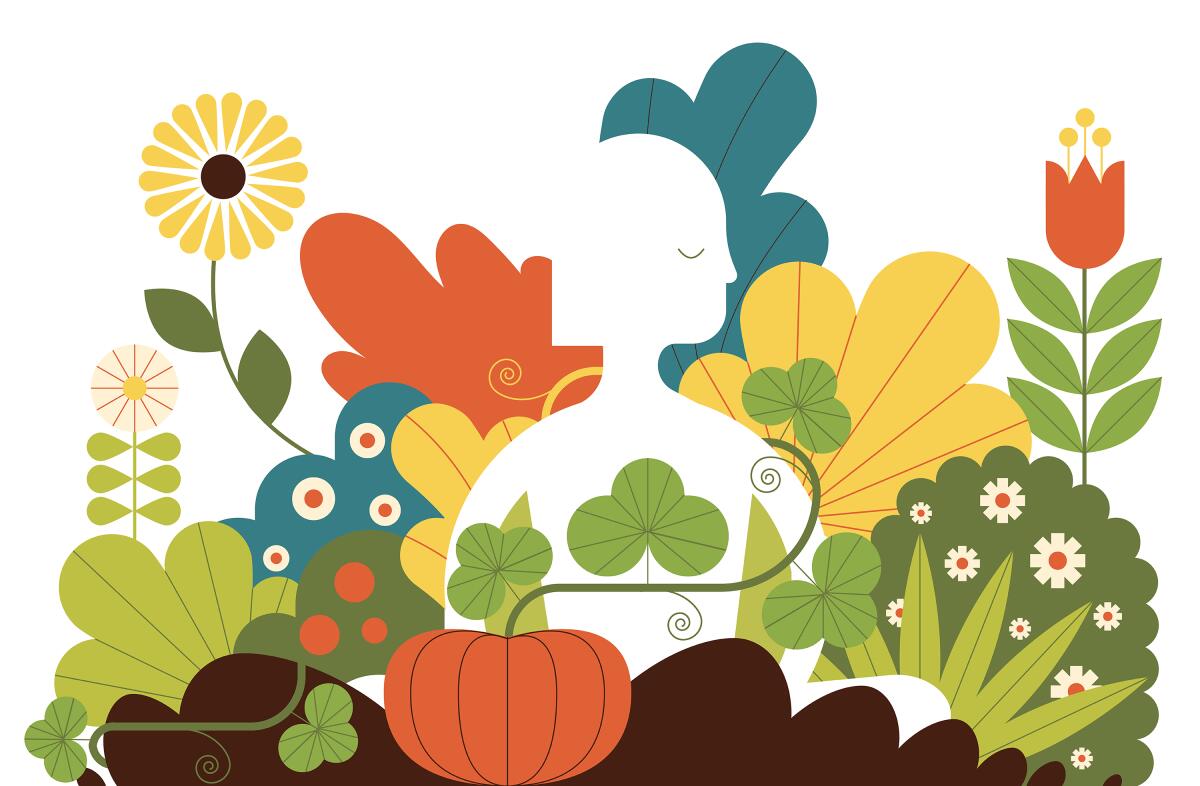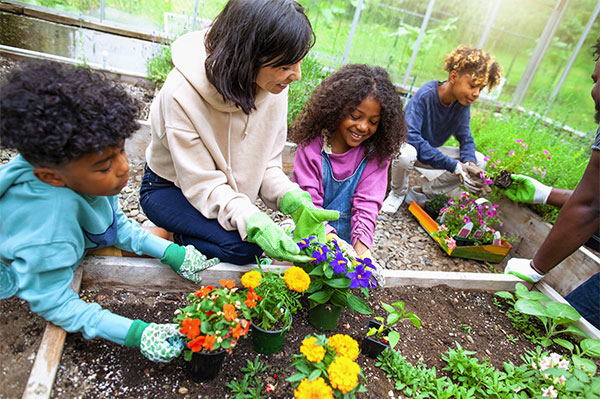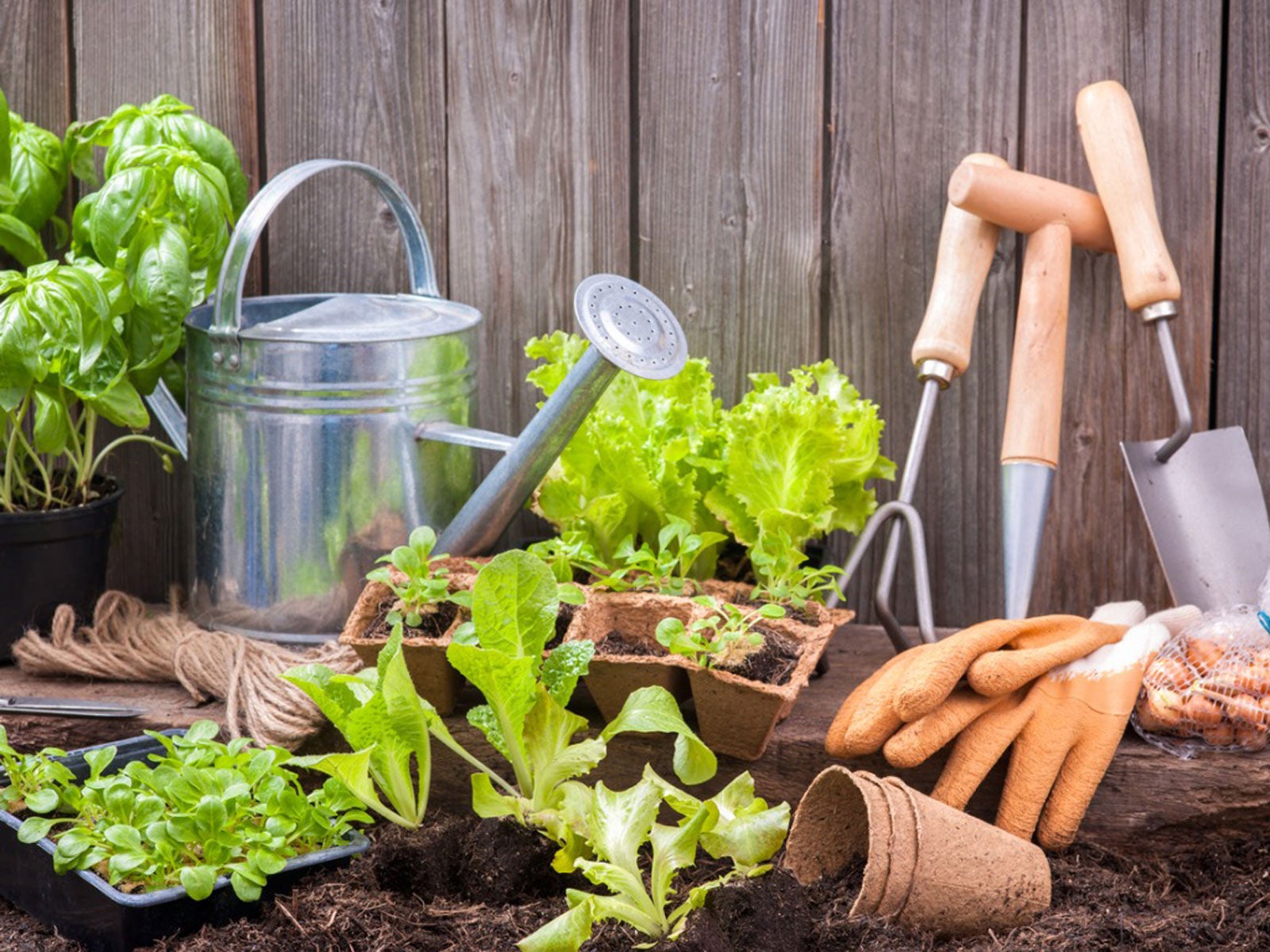Discover the Top Gardening Tips for Growing Indoor Plants
Wiki Article
Specialist Gardening Tips for Developing a Sustainable and Eco-Friendly Garden
Getting started on the trip to create a green and lasting garden includes a series of deliberate selections and practices that not only boost the elegance of your room but likewise add favorably to the environment. By selecting indigenous plants that are appropriate to your region, you can decrease dependence on chemical plant foods and pesticides while providing vital assistance to neighborhood wild animals. In addition, integrating water preservation strategies and organic horticulture techniques plays an important duty in preserving a healthy and balanced ecosystem. To discover more practical techniques and professional understandings, let us explore the crucial elements that specify an ecologically aware garden.Choose Indigenous Plants
Choosing native plants for your garden is a fundamental step toward attaining sustainability. Native plants are naturally adjusted to the local climate and dirt problems, making them much more durable to local pests and illness. This minimizes the requirement for chemical pesticides and plant foods, hence decreasing environmental effect. In addition, native plants generally call for much less water when established, adding to extra reliable water usage.Past their practical advantages, native plants play a crucial role in sustaining regional biodiversity. They supply necessary habitat and food resources for indigenous wildlife, including pollinators such as , birds, and butterflies. This fosters a well balanced ecosystem, which is essential for the wellness of your garden and the surrounding environment.

Implement Water Conservation
Carrying out water conservation methods is vital for maintaining a sustainable yard. Effective water use not just reduces the ecological effect yet additionally guarantees that plants receive ample hydration without waste. One efficient technique is to make use of drip watering systems, which provide water directly to the plant origins, reducing dissipation and overflow. This targeted technique can considerably reduce water use compared to standard sprinklers.In enhancement, mulching is a useful method for preserving water. By applying a layer of natural compost, such as wood chips or straw, around the base of plants, gardeners can minimize soil evaporation and keep constant wetness degrees. Mulch additionally helps regulate dirt temperature and subdues weed growth, further adding to plant health.
Rainwater harvesting is one more sustainable technique. Installing rainfall barrels or various other collection systems allows gardeners to save and capture rain, which can later be utilized throughout completely dry periods. This not only conserves community water however also gives an all-natural, chemical-free resource for watering.
Lastly, choosing drought-tolerant plant species can dramatically decrease water demands. These plants are adapted to content thrive in low-water problems, making them optimal for environment-friendly gardens. gardening tips. Carrying out these water conservation approaches will cultivate a resistant, sustainable yard
Usage Organic Gardening Techniques

Pest management in a natural yard counts on integrated parasite administration (IPM) strategies. These include encouraging beneficial insects, making use of all-natural predators like ladybugs and lacewings, and applying crop rotation to interfere with pest life process. Friend growing, where specific plants are grown together to ward off insects or bring in helpful pests, is one more reliable method.
Weed control is handled via mulching and hands-on elimination, as opposed to relying upon herbicides. Mulch not just reduces weeds however also preserves moisture and enhances dirt health as it breaks down. Organic composts, such as straw, wood chips, and leaves, are especially beneficial.
Produce Wildlife Habitats
Producing wild animals environments within your garden not only enhances biodiversity but additionally sustains the community's equilibrium. Deliberately spaces that bring in and maintain neighborhood animals, you can produce a thriving micro-ecosystem that profits both pets and plants. Begin by integrating native plants, as these are appropriate to your regional climate and offer crucial food and sanctuary for wildlife. Native vegetation supports an array of pests, birds, and tiny creatures, adding to the ecological network.Consider including a water attribute, such as a fish pond or birdbath, to give a consistent water resource. Water elements bring in a range of species, from amphibians to pollinators, boosting the garden's vitality. Additionally, installing birdhouses, bat boxes, and insect resorts offers risk-free nesting sites and encourages biodiversity.
Leave some locations of your yard undisturbed, allowing fallen leave clutter and fallen branches to gather. By focusing on these lasting practices, your garden can come to be a haven for local wild animals, promoting environmental wellness and sustainability.
Method Composting and Mulching
A crucial element of sustainable gardening, composting and mulching, dramatically enhances soil wellness and lowers waste. Unlike synthetic plant foods, garden compost improves the dirt with necessary nutrients and advantageous microorganisms, promoting a much healthier garden ecological community.Mulching, on the various other hand, entails covering the soil surface with natural or not natural products, such as straw, wood chips, or shredded fallen leaves. This technique supplies several benefits: it conserves dirt dampness, reduces weed development, and moderates soil temperature. Mulch additionally gradually breaks down, including raw material to the dirt and more our website enhancing its fertility.
To exercise effective composting, guarantee your garden compost heap has a balance of environment-friendly products (abundant in nitrogen) and brownish materials (abundant in carbon), keeping adequate aeration and moisture. gardening tips. On a regular basis turning the stack increases decomposition. For mulching, apply a 2-3 inch layer around plants, ensuring it does not directly call stems or trunks to avoid rot
Final Thought

Picking indigenous plants for your garden is a basic step toward attaining sustainability.Additionally, including indigenous plants can improve the visual charm of your yard. These plants are adjusted to thrive in low-water problems, making them ideal for environmentally friendly gardens. Applying these water preservation techniques will certainly foster a durable, lasting garden.
In verdict, establishing a environmentally friendly and lasting yard involves the tactical selection of indigenous plants, the fostering of water preservation methods, and the implementation of natural gardening techniques.
Report this wiki page